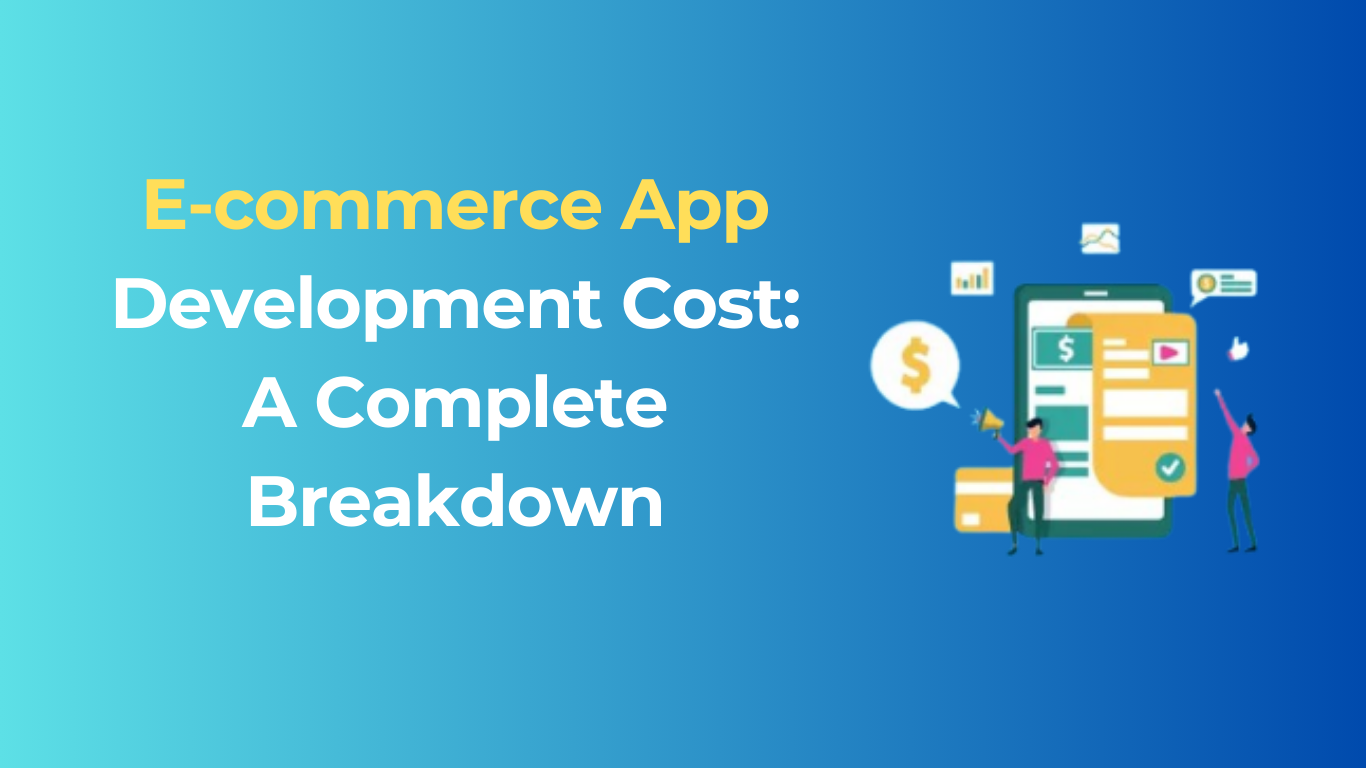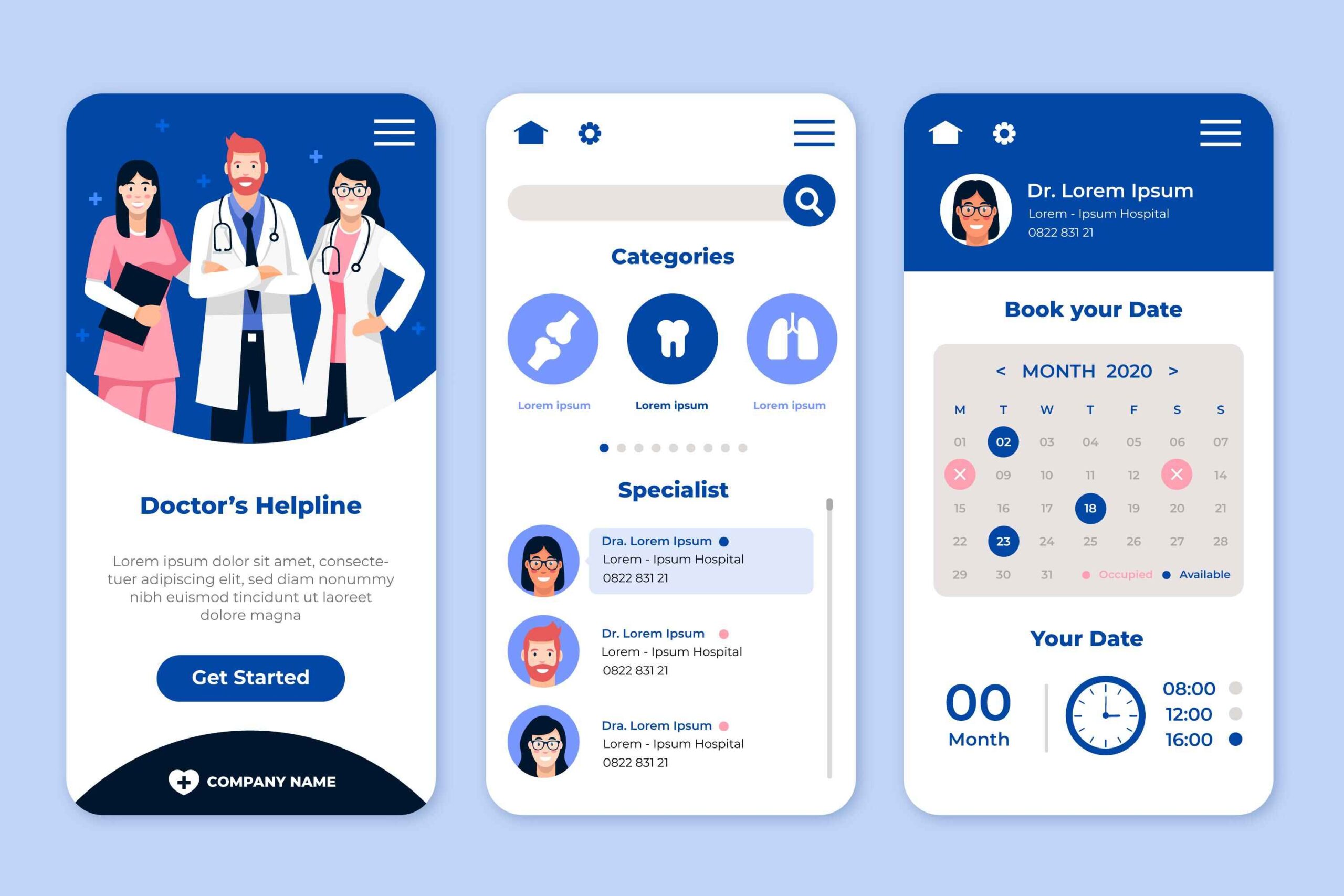In today’s digital landscape, businesses and individuals alike have a multitude of software options at their disposal. Software is the backbone of modern operations, whether it’s for personal productivity or managing complex business processes. Two prominent categories of software are Software as a Service (SaaS) platforms and regular software, which is installed locally on a computer or server. These two options offer distinct advantages and disadvantages, making the choice between them a significant decision for many users. In the ongoing discussion about SaaS platforms vs. regular software, many businesses are evaluating their options to determine which technology solution best aligns with their needs and goals. To make an informed choice, it’s essential to decode the debate and understand what sets these two software categories apart.
Defining SaaS Platforms and Regular Software
SaaS platforms, also known as cloud-based software, are web-based applications that users access and use through a web browser. Instead of installing and maintaining the software on individual computers, users subscribe to SaaS applications hosted by third-party providers. These services offer a variety of functionalities, from email and office productivity tools like Microsoft 365 and Google Workspace to specialized business software such as Salesforce and Dropbox.
Regular software, on the other hand, is the traditional software that users install on their local devices, be it a computer or a server. It’s stored and executed locally, and users typically purchase a license to use the software indefinitely. Well-known examples of regular software include the Microsoft Office Suite, Adobe Creative Cloud, and video editing software like Adobe Premiere Pro.
The Advantages of SaaS Platforms
- Ease of Accessibility: SaaS platforms are accessible from any device with an internet connection and a web browser. This accessibility is a significant advantage because it allows users to work from various locations.
- Cost-Effective: SaaS platforms often follow a subscription-based model, spreading the cost over time. This approach can be more cost-effective for users than the one-time purchase of regular software.
- Automatic Updates: SaaS providers regularly update their software, ensuring users always have access to the latest features, security patches, and improvements. This eliminates the need for manual updates, which is common with regular software.
- Scalability: SaaS platforms are typically scalable. Users can adjust their subscription level based on their needs, making it easy to accommodate growth or fluctuations in demand.
- Collaboration and Integration: SaaS applications often prioritize collaboration features, making it easy for teams to work together in real-time. Moreover, many SaaS platforms offer integration with other cloud services and applications, enhancing productivity and connectivity.
- Reduced Maintenance: With SaaS, users don’t have to worry about software maintenance, such as backups, server upgrades, or troubleshooting technical issues. This frees up time and resources for other tasks.
The Advantages of Regular Software
- Offline Access: Regular software operates locally, allowing users to work without an internet connection. This is especially valuable when working in remote or offline areas.
- Customization: Users have greater control over regular software, as they can customize settings, install plugins, and make modifications to suit their specific needs.
- One-Time Purchase: Unlike SaaS platforms, regular software is often available for a one-time purchase. This can be more cost-effective in the long run for users who don’t need continuous updates or don’t want to commit to ongoing subscriptions.
- Data Control: With regular software, users have full control over their data. It’s stored locally, reducing concerns about data security and privacy.
- No Reliance on Third-Party Servers: Regular software doesn’t rely on external servers or internet connectivity. This means fewer disruptions and security concerns due to server outages or data breaches.
- Legacy Software: Some organizations require the use of specific legacy software for compatibility with existing systems. Regular software can be a better fit in such cases, as legacy software is typically not offered as SaaS.
Factors to Consider when Deciding Between SaaS and Regular Software
- Usage Requirements: Your specific usage needs play a crucial role in the decision. If you need flexible access, real-time collaboration, and scalability, SaaS might be the better option. However, if you require offline access, customization, and data control, regular software may be more suitable.
- Budget Constraints: Consider your budget constraints and financial preferences. SaaS platforms often have lower upfront costs but involve ongoing subscription fees, while regular software requires a larger initial investment but may save money over time.
- Data Security: Assess the sensitivity of your data and your security requirements. If you have strict data security or compliance needs, regular software provides more control over data.
- Internet Connectivity: The reliability of your internet connection is a significant factor. If you frequently work in areas with poor or no internet access, regular software ensures consistent access to your tools.
- Scalability and Collaboration: Think about your growth prospects and the need for collaboration. SaaS platforms are more accommodating in terms of scalability and team collaboration, making them the preferred choice for many businesses.
- Legacy Systems: If your organization relies on legacy systems, regular software may be necessary to ensure compatibility.
Real-World Scenarios: When to Choose SaaS
- Small Businesses and Startups: Small businesses often benefit from the cost-effective and scalable nature of SaaS platforms. They can allocate resources to other critical areas of their business while enjoying the latest software features.
- Remote Work and Collaboration: In the era of remote work, SaaS platforms facilitate collaboration among remote teams by providing online tools that enable real-time interaction and document sharing.
- Software Updates and Maintenance: For users who want to avoid the hassle of manual software updates and maintenance, SaaS offers a practical solution. The responsibility for updates and maintenance falls on the SaaS provider.
- Cost Predictability: SaaS subscriptions offer predictability in budgeting. Users can plan their expenses without unexpected costs associated with software upgrades.
- Flexibility in Subscription Plans: SaaS providers offer a variety of subscription plans, allowing users to choose the one that best suits their needs, whether it’s for individual use or a large organization.
- Seasonal Businesses: Businesses with seasonal demands can scale their SaaS subscriptions up or down as needed, paying only for what they use during peak times.
Real-World Scenarios: When to Choose Regular Software
- Highly Sensitive Data: Organizations dealing with extremely sensitive or confidential data may opt for regular software to have greater control over data security and privacy.
- Customization and Specialized Needs: Users with specialized requirements or those who need extensive customization often prefer regular software, which allows more flexibility in tailoring the software to their unique needs.
- Lack of Reliable Internet: In regions with unreliable or limited internet access, regular software ensures uninterrupted productivity and access to essential tools.
- One-Time Purchase Preference: Some users prefer the one-time purchase model as it avoids long-term subscription commitments and can be more cost-effective for specific use cases.
- Legacy Systems Compatibility: Organizations with established legacy systems that rely on specific software may find that regular software is the only feasible option for maintaining compatibility.
- High-Performance Demands: Users requiring high-performance computing for tasks like video editing, 3D modeling, or scientific simulations may prefer regular software that can harness the full power of local hardware.
The Future of Software: A Hybrid Approach
The debate between SaaS platforms and regular software doesn’t have to be an either-or decision. Many users and organizations are adopting a hybrid approach to leverage the benefits of both models.
In this hybrid approach, users combine the accessibility and collaboration advantages of SaaS platforms with the customization and data control advantages of regular software. For instance, a business might use a SaaS project management tool for team collaboration and reporting while using regular software for tasks that require specialized features or data control, such as graphic design or accounting.
Conclusion: Making the Right Choice
The debate between SaaS platforms and regular software isn’t about one being definitively better than the other. It’s about understanding your unique needs and preferences.
When making your decision, consider factors like usage requirements, budget constraints, data security, internet connectivity, scalability, and the need for collaboration. Real-world scenarios also provide guidance on when to choose one over the other, but remember that a hybrid approach can often provide the best of both worlds.
In today’s ever-evolving software landscape, the right choice may evolve over time as your needs change. Stay flexible and be open to reevaluating your software choices to ensure you always have the best tools for the job. Whether you opt for SaaS platforms, regular software, or a combination of both, the goal is to enhance productivity and achieve your goals efficiently. The key is to decode the debate and make informed decisions based on your unique circumstances.







